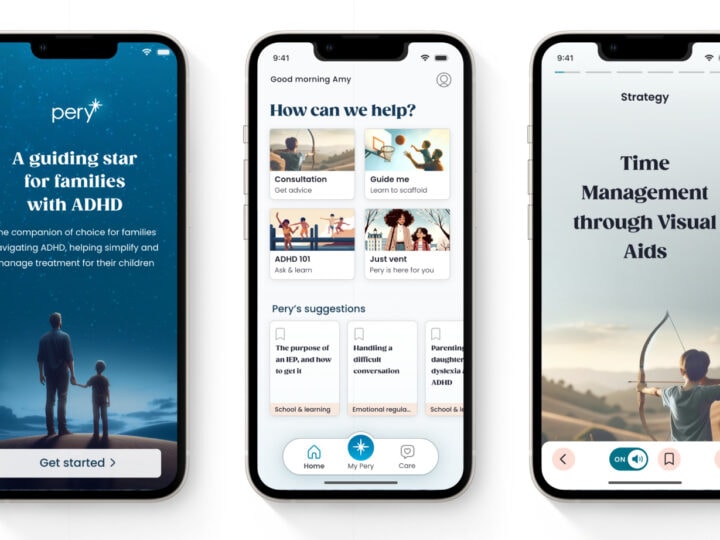Thinking of getting pregnant? You might want to adjust your timing based on the weather.
New research from Bar-Ilan University,in conjunction with the University of Haifa, Ben-Gurion University of the Negev, the Israel Meteorological Service and several academic institutions in Spain, has shown a connection between extreme cold and hot outdoor temperatures and low birthweight.
The results were published in the journal Environmental Health Perspectives.
The researchers, led by Dr. Keren Agay-Shay, director of the Health and Environment Research (HER) Lab at the Azrieli Faculty of Medicine of Bar-Ilan University, analyzed 624,940 births in Israel over five years, from 2010 to 2014.
Consistent associations between high and low temperatures and fetal birthweight were observed. The strongest links occurred during the second and third trimesters.
Women exposed to cold temperatures had lower estimated mean birthweights of 56 grams. Those exposed to hot temperatures saw a drop in estimated mean birthweight of 65 grams.
Cold and hot weather during the third trimester resulted in the most significant outcomes, but also occurred at a lower rateduring the first and second trimesters.

“Lower birthweight may indicate abnormalities in intrauterine growth and is a risk factor for morbidity during early childhood and over the entire life course,”Agay-Shay said.
Israel is an ideal place to conduct such a study because there are several extreme climate zones in close proximity: the Mediterranean (characterized by a dry, hot summer), andsemi-arid and desert/arid regions, both characterized by a dry climate and hot temperatures.
The study looked at all live births including preterm births and those with birth defects.
The most vulnerable period for pregnant mothers to bundle up from the cold was between three and 36 weeks, with the strongest association during week 36. For heat, vulnerability was greatest from weeks three to nine and weeks 19 to 34.
While the data provides important insights today, Agay-Shay is even more concerned about the future as extreme weather and temperatures increase because of climate change.
Public health organizations could use the study’s results “to develop strategies to address these challenges on a national as well as a community level,” while clinicians could construct and refine the set of recommendations they provide to pregnant women.
















